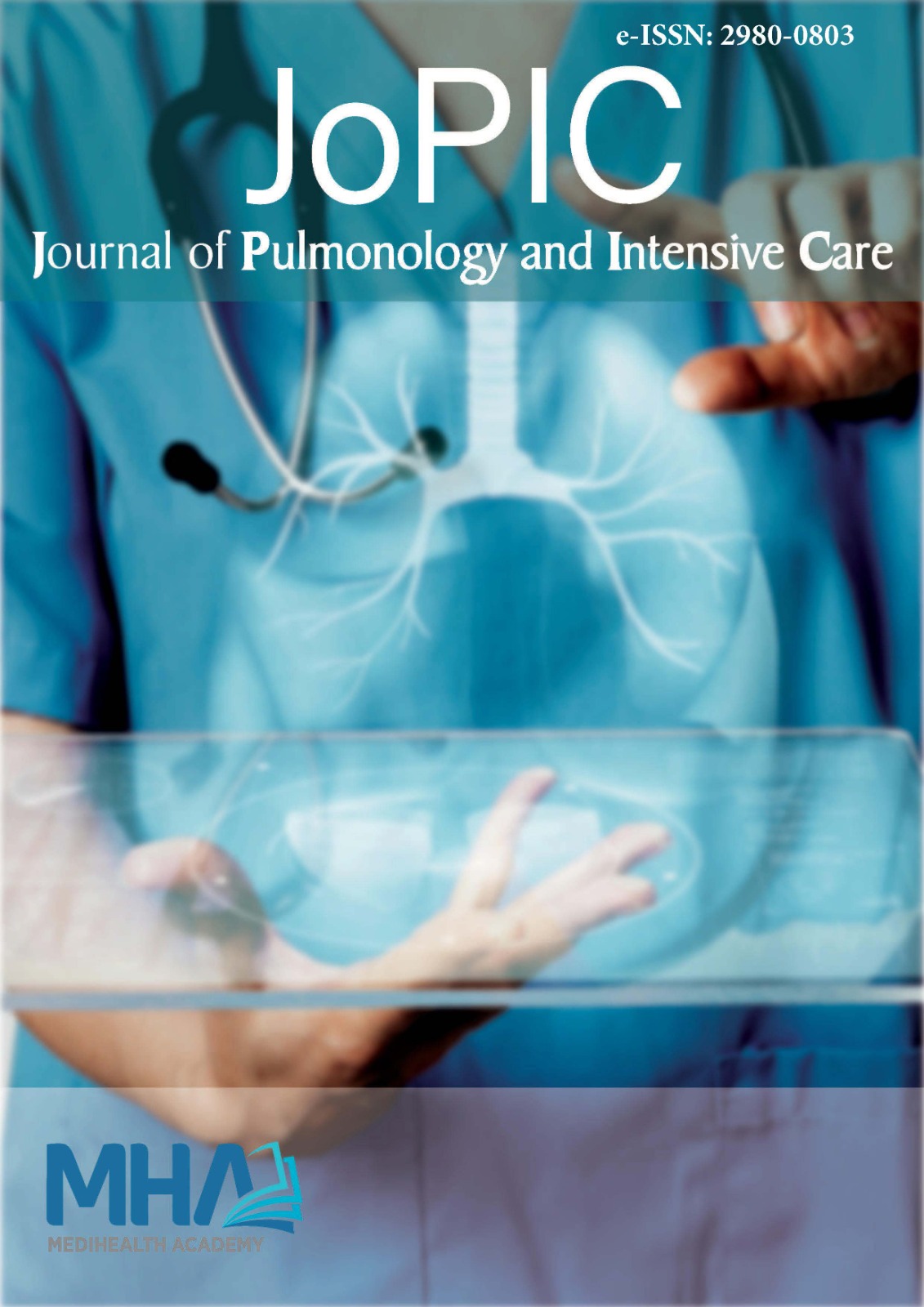1. Raghu G, Remy-Jardin M, Myers JL, et al. Diagnosis of idiopathicpulmonary fibrosis. an official ATS/ERS/JRS/ALAT clinical practiceguideline. Am J Respir Crit Care Med. 2018;198(5):e44-e68.
2. Yan F,Wen Z, Wang R, et al. Identification of the lipid biomarkers fromplasma in idiopathic pulmonary fibrosis by lipidomics. BMC PulmonaryMed. 2017;17(1):174.
3. Carleo A, Bargagli E, Landi C, et al. Comparative proteomic analysisof bronchoalveolar lavage of familial and sporadic cases of idiopathicpulmonary fibrosis. J Breath Res. 2016;10(2):026007.
4. Vietri L, Bennett D, Cameli P, et al. Serum amyloid A in patients withidiopathic pulmonary fibrosis. Respir Invest. 2019;57(5):430-434.
5. Bargagli E, Magi B, Olivieri C, Bianchi N, Landi C, Rottoli P. Analysis ofserum amyloid A in sarcoidosis patients. Respir Med. 2011;105(5):775-780.
6. Lin TL, Chen WW, Ding ZR, Wei SC, Huang ML, Li CH. Correlationsbetween serum amyloid A, C-reactive protein and clinical indices ofpatients with acutely exacerbated chronic obstructive pulmonary disease.J Clin Labor Analysis. 2019;33(4):e22831.
7. Lakota K, Carns M, Podlusky S, et al. Serum amyloid A is a markerfor pulmonary involvement in Systemic sclerosis. PloS One.2015;10(1):0110820.
8. Collard HR, Tino G, Noble PW, et al. Patient experiences with Pulmonaryfibrosis. Respir Med. 2007;101(6):1350-1354.
9. Conte E, Gili E, Fagone E, Fruciano M, Iemmolo M, Vancheri C.Effect of pirfenidone on proliferation, TGF-Β-induced myofibroblastdifferentiation and fibrogenic activity of primary human lung fibroblasts.Eur J Pharmaceut Sci. 2014;58:13-19.
10. Noble PW, Albera C, Bradford WZ, et al. Pirfenidone in patients withIdiopathic pulmonary fibrosis (CAPACITY): two randomised trials.Lancet. 2011;377(9779):1760-1769.
11. Richeldi L, Costabel U, Selman M, et al. Efficacy of a tyrosinekinase inhibitor in idiopathic pulmonary fibrosis. New Engl J Med.2011;365(12):1079-1087.
12. Mulhall A. INPULSIS Trial investigators. Efficacy and safety ofNintedanib in idiopathic pulmonary fibrosis. Am J Respir Crit Care Med.2015;192(2):249-250.
13. Vietri L, Fui A, Bergantini L, et al. Serum amyloid A: a potentialbiomarker of lung disorders. Respir Invest. 2020;58(1):21-27.
14. Guiot J, Moermans C, Henket M, Corhay JL, Louis R. Blood biomarkersin Idiopathic pulmonary fibrosis. Lung. 2017;195(3):273-280.
15. Ley B, Brown KK, Collard HR. Molecular biomarkers in idiopathicpulmonary fibrosis. Am J Physiol Lung Cell Mol Physiol. 2014;307(9):L681-L691.
16. Lamas DJ, Kawut SM, Bagiella E, Philip N, Arcasoy SM, Lederer DJ.Delayed access and survival in idiopathic pulmonary fibrosis: a cohortstudy. Am J Respir Crit Care Med. 2011;184(7):842-847.
17. Lancaster L, Albera C, Bradford WZ, et al. Safety of pirfenidone in patientswith idiopathic pulmonary fibrosis: integrated analysis of cumulative datafrom 5 clinical trials. BMJ Open Respir Res. 2016;3(1):e000105.
18. Taniguchi H, Ebina M, Kondoh Y, et al. Pirfenidone in idiopathicpulmonary fibrosis. Eur Respir J. 2010;35(4):821-829.
19. Richeldi L, du Bois RM, Raghu G, et al. Efficacy and safety of nintedanibin idiopathic pulmonary fibrosis. N Engl J Med. 2014;370(22):2071-2082.
20. Patel H, Fellowes R, Coade S, Woo P. Human serum amyloid A hascytokine-like properties. Scand J Immunol. 1998;48(4):410-418.

